Climate change and global warming are causing catastrophic damage to the lives of both humans and creatures living on the planet. Recently a new study has found out that polar bears may disappear by the end of the century if global warming continues unabated. Rising global temperatures due to carbon emissions and greenhouse gas emissions have caused large amounts of Arctic sea ice to melt leaving polar bears with smaller habitats to sustain themselves. Polar bears who solely rely on the Arctic sea to hunt for seals are now the ones that are most impacted with the climate crisis. As the ice melts they tend to lose the ability to sustain themselves.
As per the research published in Nature and Climate Change on July 20, 2020, the apex carnivores could be wiped out within the span of a human lifetime. A study conducted by researchers claimed that severe cuts to the greenhouse gases are needed for the survival of living creatures in the ice-cold regions including polar bears. The researchers have said that nearly all the 19 subpopulations of polar bears would face extinction by 2100 due to the loss of sea ice that will force the animals onto land keeping them away from their food supplies for longer periods.
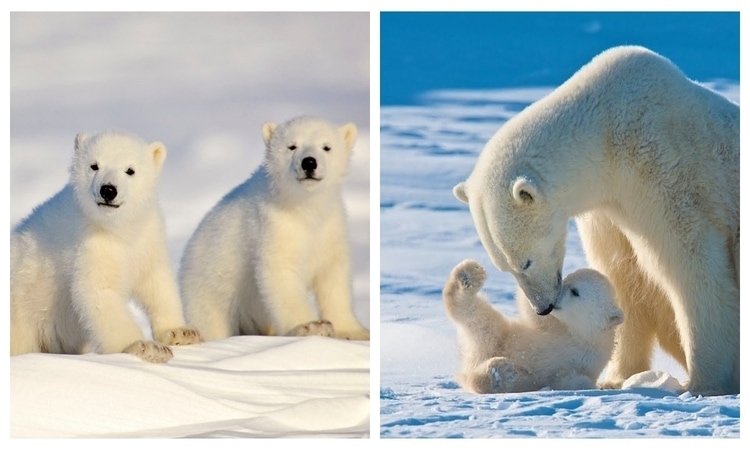
There are around 25,000 polar bears in the Arctic. The icy region grows in the winter and melts in spring and summer. During winters when the region is extensively covered with snow the bears feed on seals to build up energy stores that help them survive during summer months when they are forced to come on land. However rapid global warming in recent years has resulted in the depletion of the ice by 13 percent per decade compared to the 1981-2010 average.
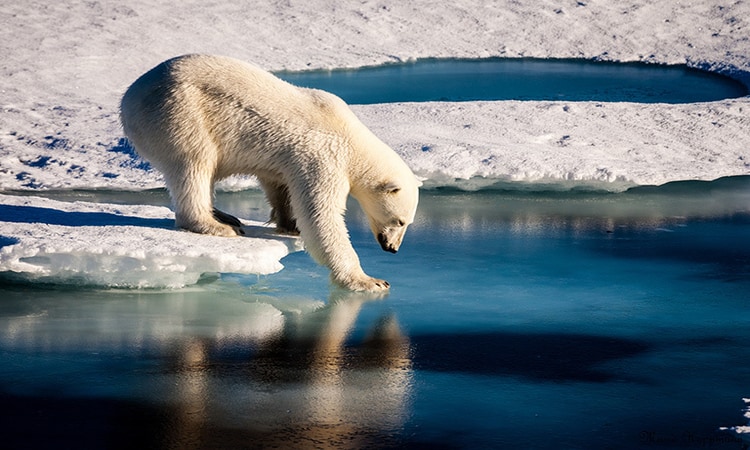
The last 13 years (between 2007 and 2019) have been the lowest 13 years for summer sea ice in the satellite record. This means that the bears are forced to live longer without food. The polar bear population has already shrunk around 30 percent since 1987. The study has also found out that prolonged fasting and reduced nursing of cubs by mothers could lead to rapid declines in reproduction and survival of polar bear populations.
The study found that the length of time a bear can survive without food varies by region and the condition of the bear. While cubs are most vulnerable to a lengthy fast, adult females with cubs are second-most vulnerable. This is followed by adult males and solitary females - some of which can last for up to 255 days.
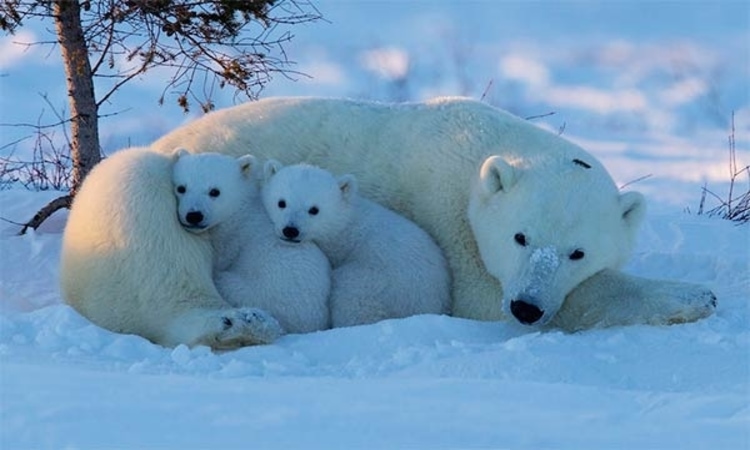
Rising Temperatures
The increasing temperatures as well as human activity in the Arctic has resulted in the melting of ice plains. All of this has destroyed the habitats in which a polar bear would normally hunt for food. The Arctic circle is heating twice as fast as the rest of the planet. Rising temperature in the Arctic region has triggered a crescendo of heatwaves, droughts, superstorms consequently leading to a rise in sea level. Such high temperature has led to the declining ice in the region.
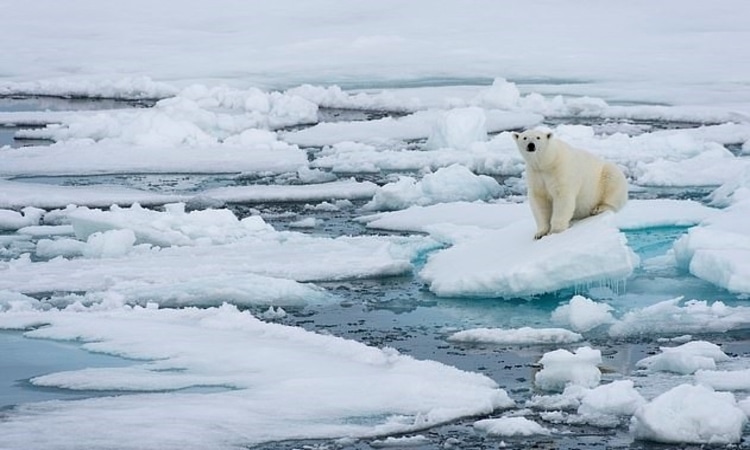
Polar bear strays on road
A hungry polar bear was found wandering in a Russian industrial city miles away from its natural habitat. And that’s not all they are also seen in a garbage dump feasting on waste. Polar bear experts said that the key reason polar bears are coming so close to human life is due to the late freezing of the sea. The researchers have also recorded growing numbers of polar bears moving away from their traditional hunting grounds as the ice melts due to global warming.
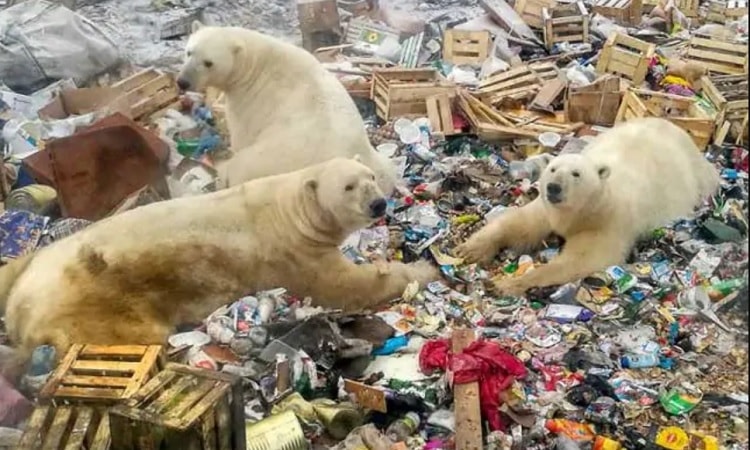
Polar bears are considered to be the messengers of the climate change symptoms that impacts life of all the creatures on the planet including the humans. Natural calamities like floods, droughts and wildfires are expected to become more frequent and severe as the world continues to warm. A few days back you must have heard about the inferno in the Arctic circle. If you want to know more about this in detail then do read the blog Arctic Wildfires. COVID-19 pandemic is a reminder of how vital it is for our government to keep up with the healthcare facilities. Dwindling polar bear population is another reminder that we must act now to avert the future problems that would be faced by all of us. To conclude we would say that the situation on which we are now is not a good one. If the society acts together then we all can save the polar bears.
That’s all folks. For a hassle-free train ticket booking experience, book your tickets instantly through Trainman app. Download Trainman App and check PNR Status of the ticket booked, Seat Availability, Train Inquiry and a lot more exciting features.

